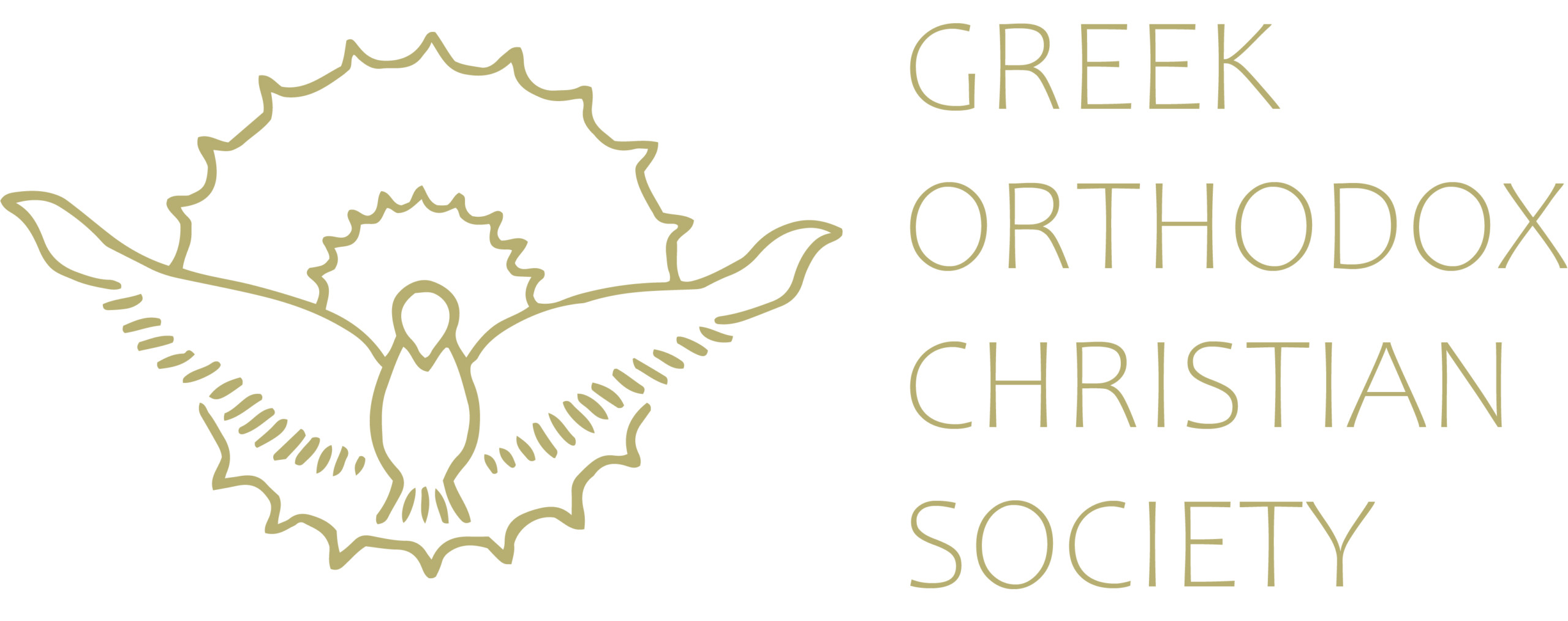The Divine Liturgy
For us today, the Divine Liturgy is a weekly staple of our Christian lives. We drive to church on a Sunday, walk into a great building with flickering candles and hand-painted icons, gold leaf and carved wood, embroidered vestments, burning incense and chanting filling every corner of the church. In the early Church, attending services was not a weekly event. For the ancient Christians, the Divine Liturgy was seen as such a sacred cornerstone of the Faith that it was held every day.
No more than fifty Christians would gather together. They had no churches. Liturgies were held by an Apostle in the houses of wealthy Christians and every single person present would partake in Holy Communion. Afterwards, they all sat down together for a communal feast.
When the persecutions began, the Divine Liturgy became a matter of life and death for Christians. No longer were they able to celebrate services in houses for fear of neighbours denouncing them to the authorities. The services moved to more and more private locations, until eventually the Christians found the perfect location – catacombs. These were burial tunnels dug underneath ancient cities. The dead were not placed in coffins, as they are today, but instead placed upon shelves cut into the rock and dirt. Very few pagans would venture into the catacombs due to their terror of the dead, infection and even ghosts. Death did not terrify the Christians, however. They were so fervent in their love for Christ that even when soldiers burst into the catacombs with swords and spears, they did not stop the Liturgy nor cease praying, but died celebrating the Holy Mysteries.
When we attend church today in peace, in the sunlight, in public locations, we should remember the zeal of the early Christians for whom the Divine Liturgy was not a simple weekly event. For them, it was an inexpressible and sacred Mystery, and many sealed that belief in blood.
Source: December-January 2014 Lychnos Edition

